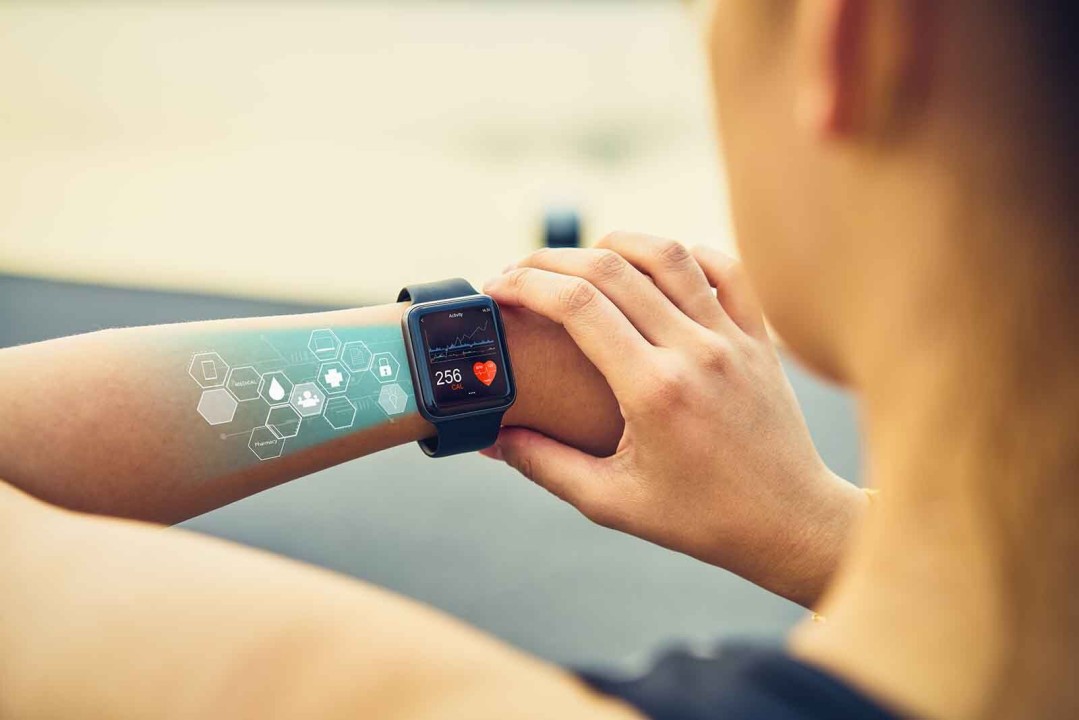The future of technology is rapidly unfolding before our eyes, with innovations transforming how we interact with the world. One of the most groundbreaking inventions in recent years is AI-powered smart glasses. These futuristic devices are changing how we experience both everyday tasks and immersive digital environments. By combining artificial intelligence (AI) with wearable technology, smart glasses are now redefining interaction, offering new capabilities that were once reserved for science fiction.
A Glimpse into the Future of Wearable Tech
AI-powered smart glasses blend seamlessly with our daily lives, offering a hands-free experience that integrates digital and physical worlds. Unlike traditional glasses, which are primarily designed to correct vision, smart glasses now offer interactive features, thanks to embedded AI technology. These devices have evolved into high-tech gadgets, enabling functionalities such as real-time translation, navigation assistance, and augmented reality (AR) overlays.
Brands such as Google, Apple, and Microsoft have begun to push the boundaries of smart glasses. For example, Google’s Google Glass was an early pioneer in this space, while Apple’s rumored smart glasses are expected to integrate with existing Apple products, offering a more cohesive digital experience. As these companies continue to innovate, AI-powered smart glasses will become even more integrated into the ecosystem of wearable tech.
How AI is Revolutionizing Interaction
AI is the backbone of smart glasses, and its applications are vast and varied. By harnessing the power of machine learning algorithms and real-time data analysis, these glasses can understand the wearer’s environment, providing valuable insights and enhancing the user experience.
For instance, AI can power voice-activated commands, allowing users to control the glasses hands-free. This opens up a world of possibilities for multitasking and convenience. With built-in microphones and speakers, users can ask questions, make calls, or even get navigation instructions without needing to touch their phone or interact with any other devices.
Another game-changing feature is AI-driven augmented reality (AR). With AR, users can interact with digital elements superimposed on the real world. For example, smart glasses can project directions onto the streets or display important information during a meeting. The ability to interact with your environment while still staying aware of the real world around you offers unparalleled convenience and flexibility.
Enhanced Communication and Collaboration
AI-powered smart glasses are also enhancing communication and collaboration in professional settings. Wearers can easily share data, collaborate in real-time, or receive instant feedback without the need for traditional devices such as laptops or smartphones.
In industries like healthcare, for example, surgeons can use smart glasses to receive live guidance or reference medical databases while performing complex procedures, all without having to step away from their work. Similarly, remote workers or field technicians can share their point of view with colleagues or receive remote assistance, significantly improving efficiency.
Improving Accessibility for All
Another significant impact of AI-powered smart glasses is the improvement in accessibility for people with disabilities. Vision-impaired individuals, for example, can benefit from glasses that read text aloud, describe the surroundings, or even help them navigate complex environments. This innovation is opening up new opportunities for people who previously faced challenges in performing everyday tasks.
AI also enables smart glasses to recognize faces, allowing users to identify people in their proximity. This is particularly useful for those with limited vision or cognitive impairments, as it enhances social interactions and helps them feel more connected.
Privacy and Ethical Considerations
As with all technology, the rise of AI-powered smart glasses comes with privacy and ethical concerns. These devices have the ability to record and analyze everything the wearer sees, leading to potential issues surrounding data security, consent, and surveillance. Developers and companies will need to address these concerns proactively to ensure that these devices do not infringe upon users’ privacy rights.
Conclusion: The Future of Interaction is Here
AI-powered smart glasses are undoubtedly changing the way we interact with the world around us. By combining cutting-edge AI with wearable technology, these glasses are enhancing communication, improving accessibility, and pushing the boundaries of what we can do with technology. As more companies enter the space and innovate further, the future of smart glasses looks incredibly promising. The question now is not whether AI-powered smart glasses will redefine our interactions, but how far they can go in shaping the future of technology and human connection.
Visit these links for similar information :
https://uggaustraliasalenet.com
https://kumpulanbandarpoker.org
https://mrfinancechallenge.com/










